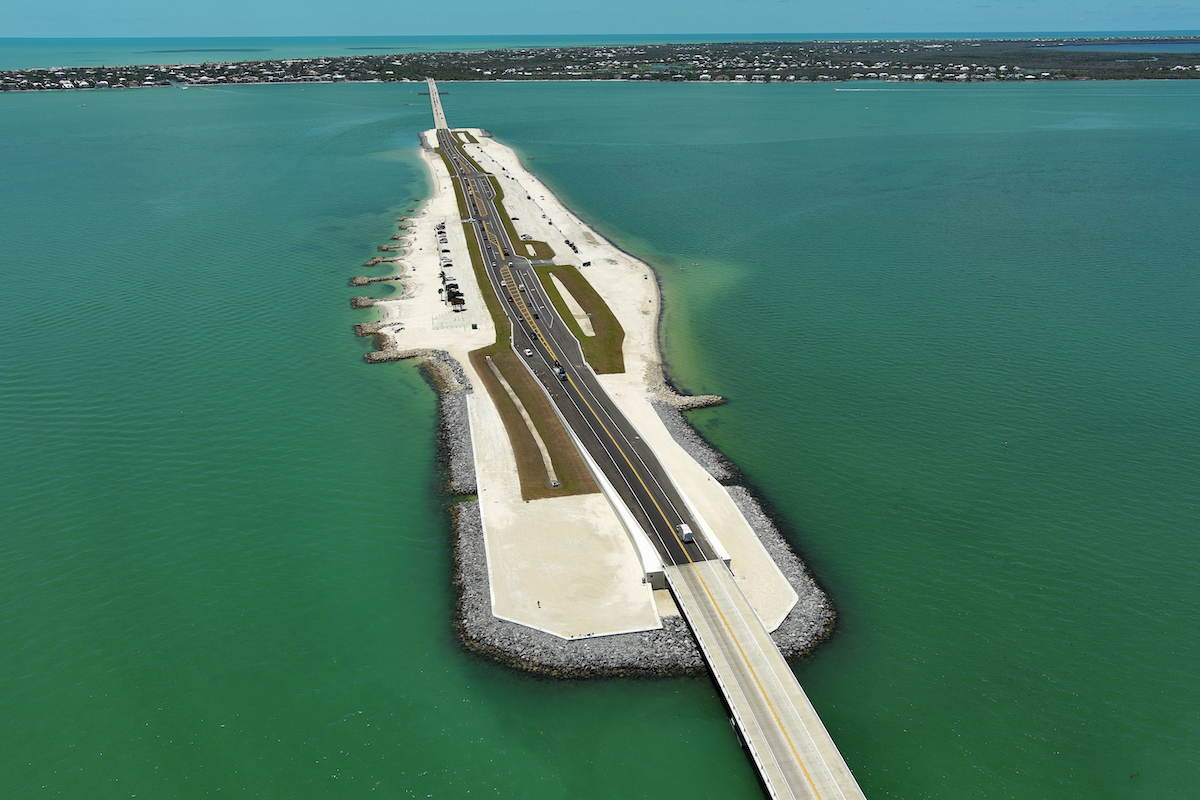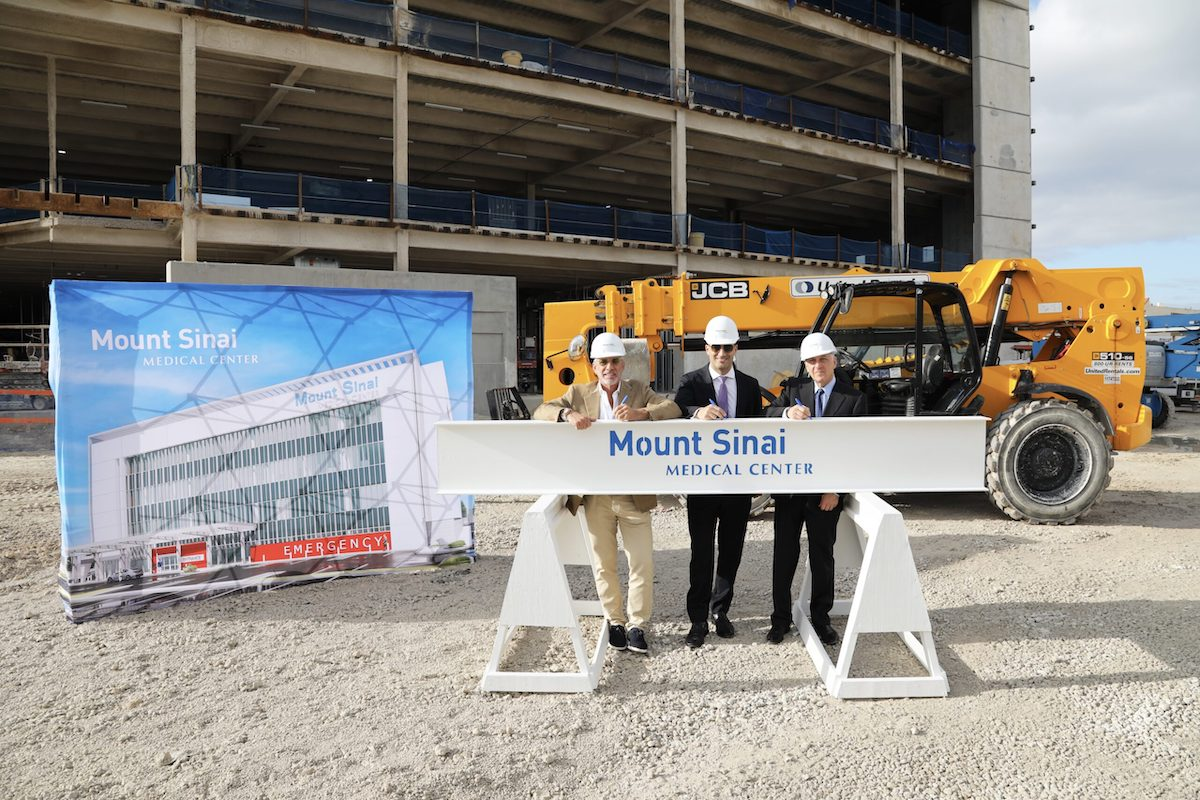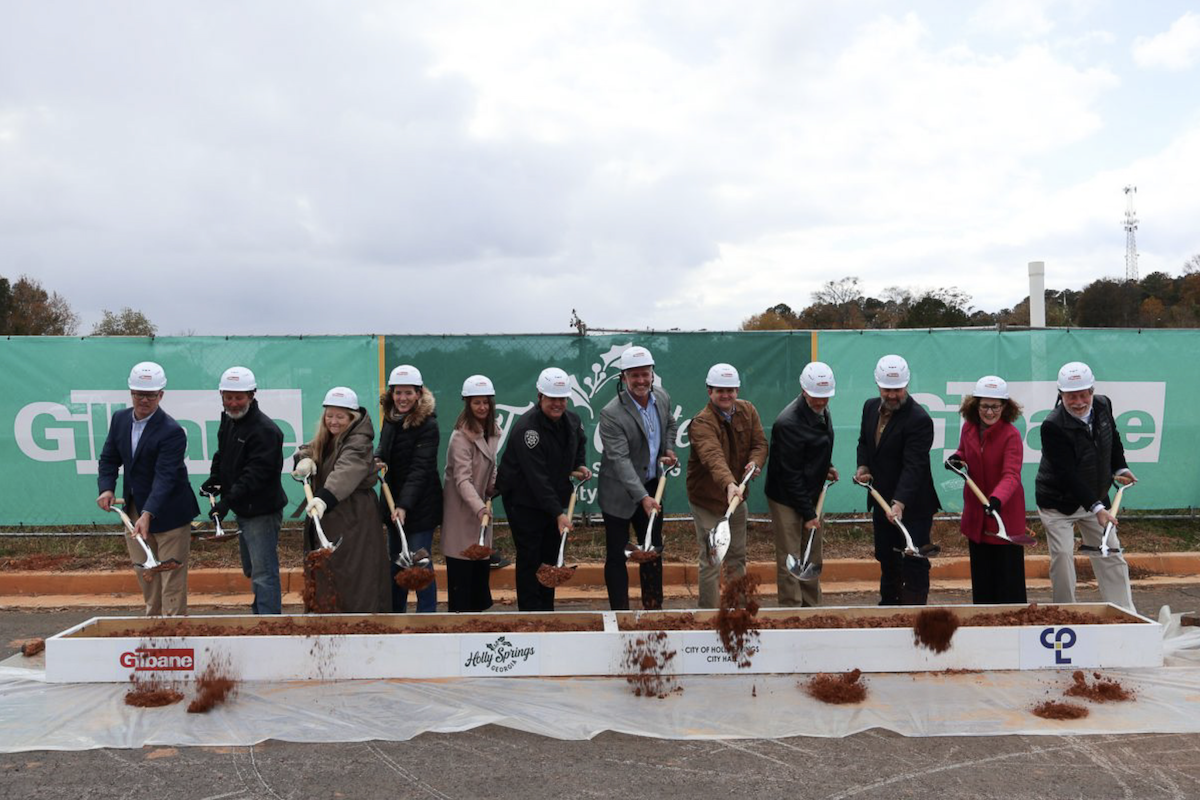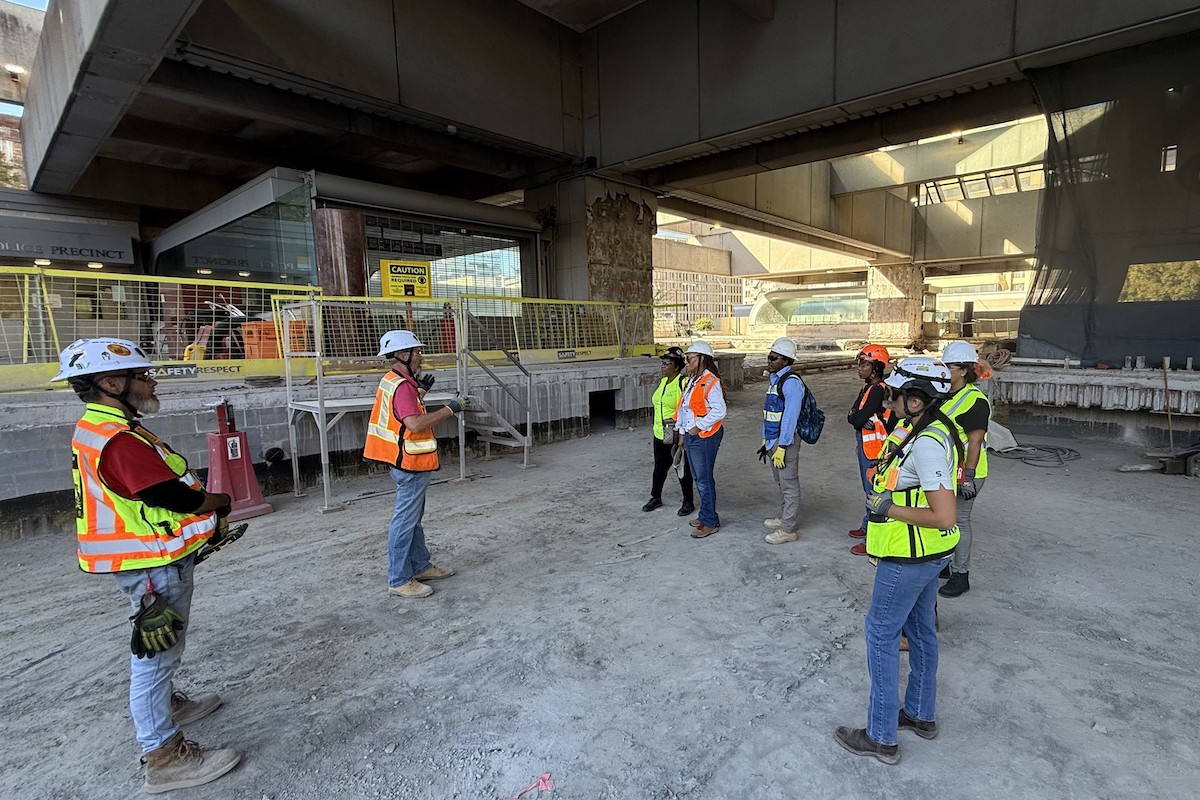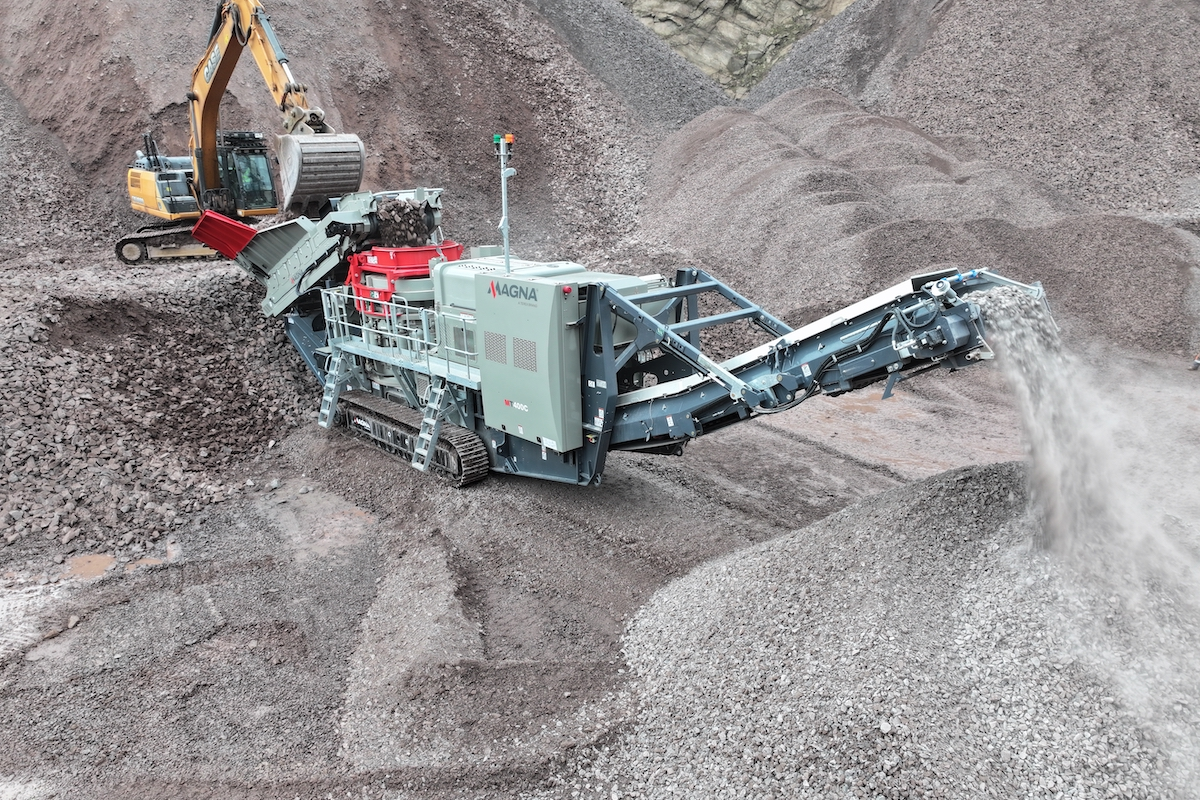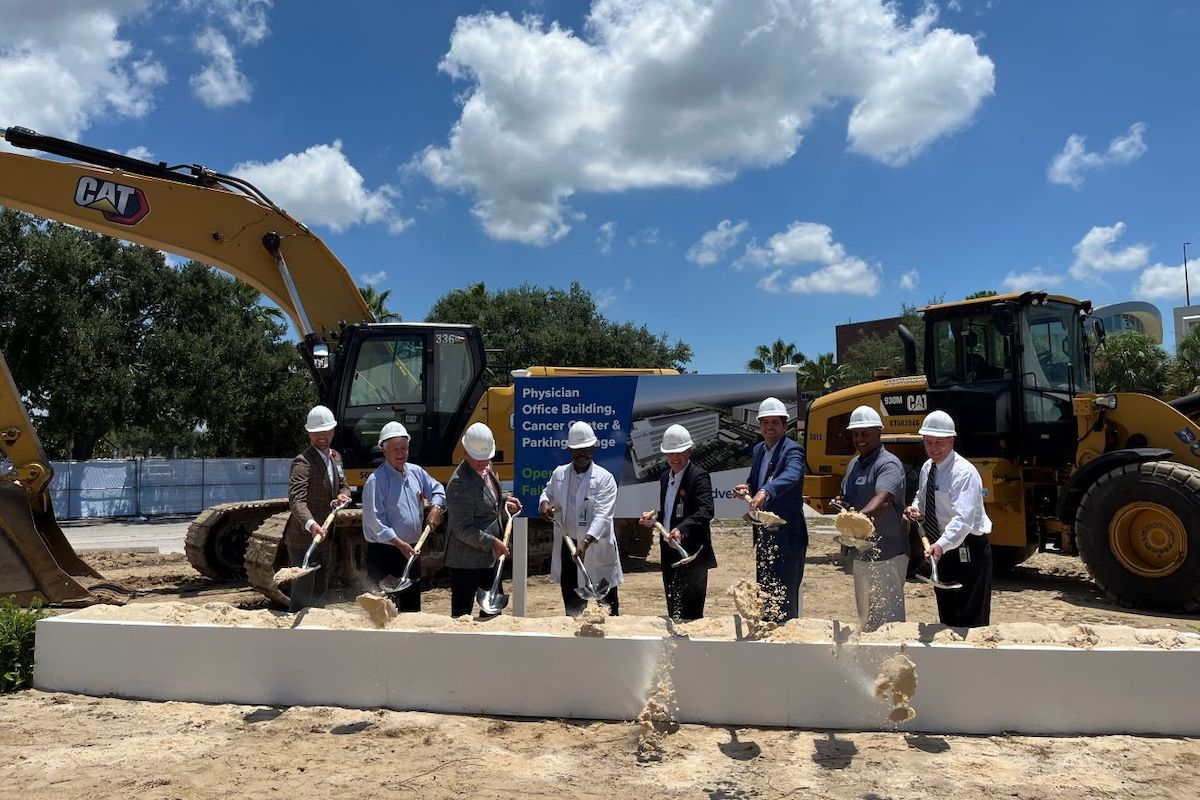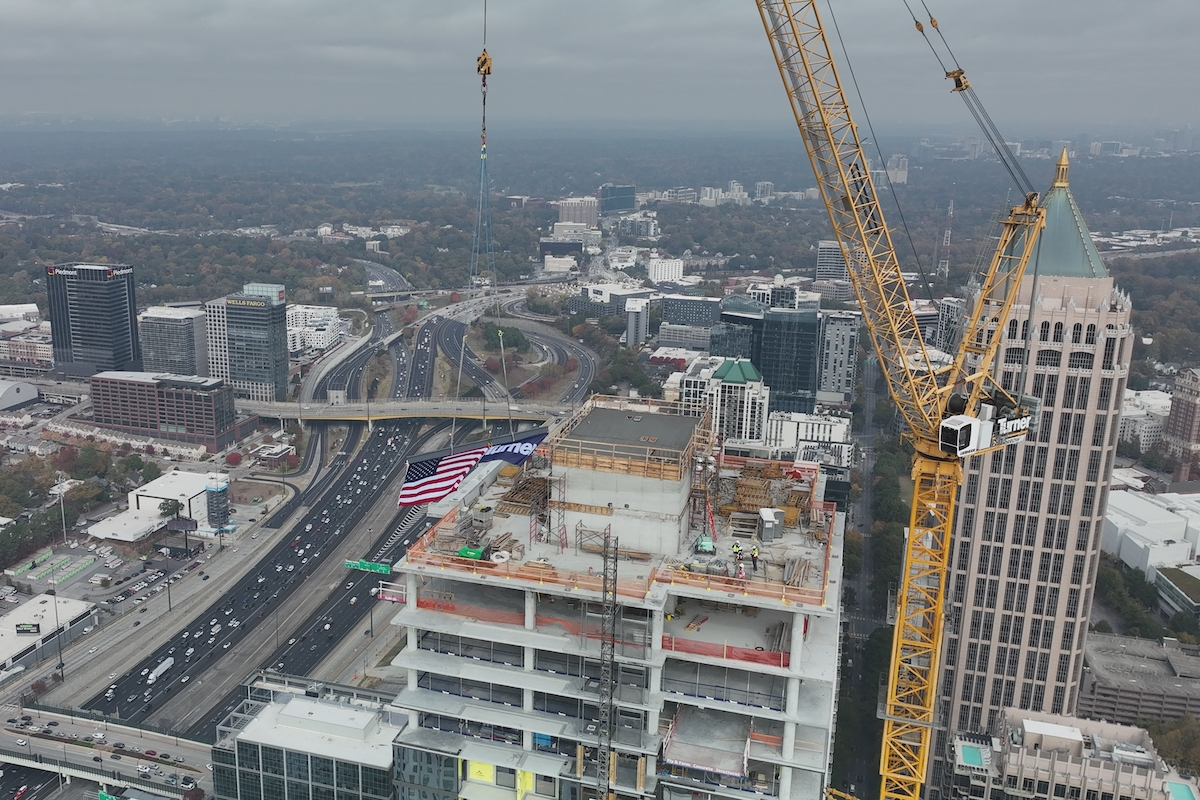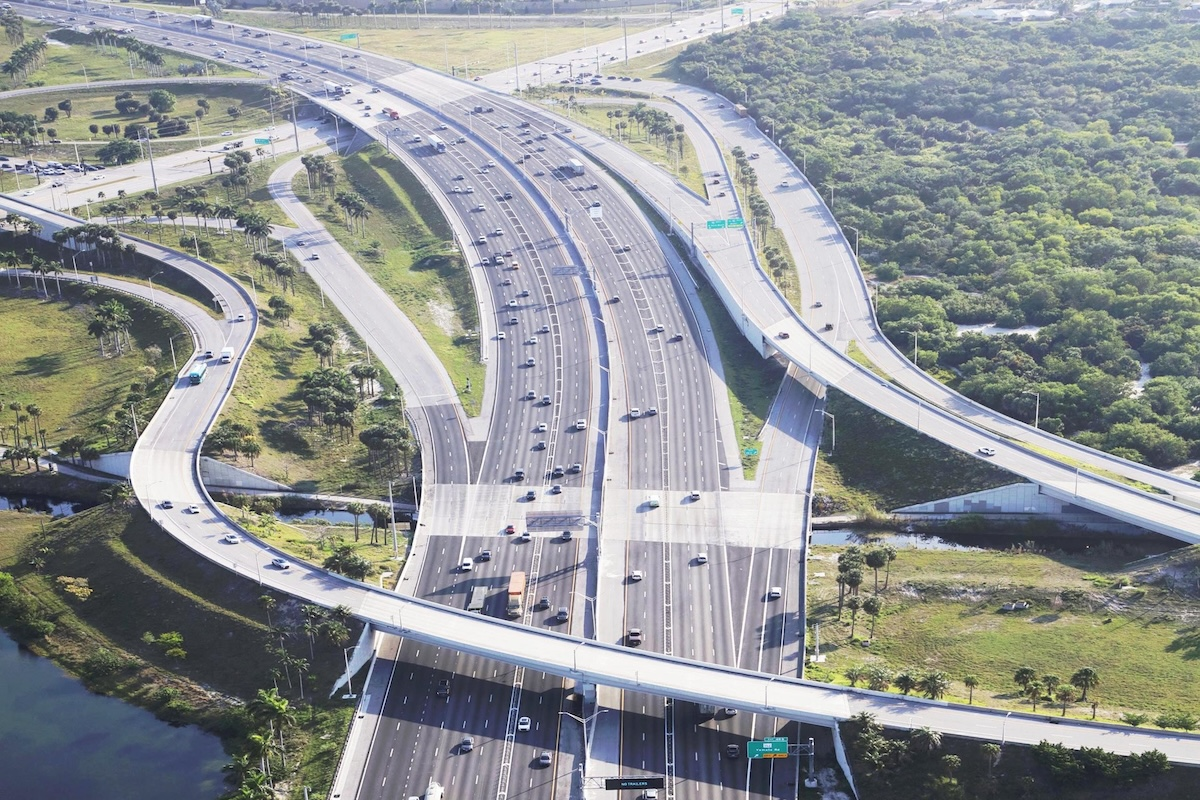South of the project area, the route was widened in 2017 as part of phase one of the project and it helped alleviate peak hour and incident-related traffic congestion. The flex route wasn't extended, despite the need, due to a lack of funding. This left a bottleneck in the area.
“With this project, MDOT is able to move forward with the second phase of the flex route, which will eliminate the bottleneck and allow the dynamic shoulder to be extended and drop into the entrance ramp to westbound I-96,” says Aaron Jenkins, a Communications Representative with MDOT. “With the elimination of the northbound bottleneck, traffic operations and safety are expected to significantly improve for this corridor.”
MDOT commissioned a performance and safety study and based on the study, MDOT anticipates that overall crashes will be reduced by 34 percent with the construction of the flex route system along the U.S. 23 corridor.
During this project phase, 7.5 miles of highway will be impacted. “The main goal of this phase of the project is to alleviate peak hour directional congestion,” Jenkins says. With this extension, the flex route will reach the I-96 interchange. I-96 is an east-west interstate that runs through Michigan's Lower Peninsula.

| Your local Trimble Construction Division dealer |
|---|
| SITECH Mid-South |
| SITECH South |
| SITECH Tri-Rivers |
Other project work includes constructing crash sites, interchange reconfigurations, cold milling and resurfacing, bridge replacement and bridge rehabilitation of nine structures. The rehab work includes temporary widening, epoxy overlay, substructure and railing patching, concrete surface coating, structural steel cleaning and coating, heat straightening, retaining wall installation, sound wall installation, ITS equipment, drainage, signing, lighting, and pavement markings.
The flex route is a lane control system that uses overhead signs, cameras, and electronic message boards to inform drivers when an additional lane is available and unavailable. The system will manage traffic more efficiently during peak hours by opening and closing the median shoulder to traffic. With advance notice of delays and incidents ahead, it’s expected to enhance safety.
The crash investigation sites will provide a safe refuge for motorists, law enforcement, and public service vehicles after an incident. In addition, the Freeway Courtesy Patrol will be active along the corridor to provide assistance and clear incidents safely and quickly.
MDOT's flex routes are monitored by the department's Transportation Operations Centers (TOC). The TOCs are a seven-day-a-week operation that houses dispatchers from MDOT and Michigan State Police. The agencies share resources and information by monitoring traffic sensors, distress calls, and video feeds from closed-circuit TV cameras.
“Given the limited workspace and the need to keep two lanes of traffic open as much as possible, the engineering teams involved with the project have had to develop creative solutions, so that the contractor has room to work safely while also moving motorists through the corridor with minimal delays,” Jenkins says.
Among the solutions is creating a split merge and building two crossovers on the north end of the project. This allows northbound and southbound traffic to be shifted onto the roadbed in the opposite direction and for the reconstruction work under the local road to be completed without reducing the capacity of U.S. 23.
Dan’s Excavating, Inc. (DEI), headquartered in nearby Shelby Township, is the prime contractor. DEI is familiar with the project as they served as the contractor on phase one. They are also partnering with MDOT on several other large freeway projects in the state.
“DEI brings several years of experience along with a substantial workforce and equipment to get the project done,” Jenkins says. “They are one of the largest road/bridge building contractors in the state.”
The project has a budget of just under $162 million. It’s being funded by the Rebuilding Michigan Program and the Federal Government. The state is paying about 65 percent. Jenkins notes the project is currently on budget, which can be attributed to a quality-focused contractor and strict oversight by MDOT engineers, technicians, and consultant partners.
With the extension of the flex route, area commuters will enjoy improved travel times and a safer drive. Because the flex route is a more affordable option, MDOT can address other infrastructure issues.



















